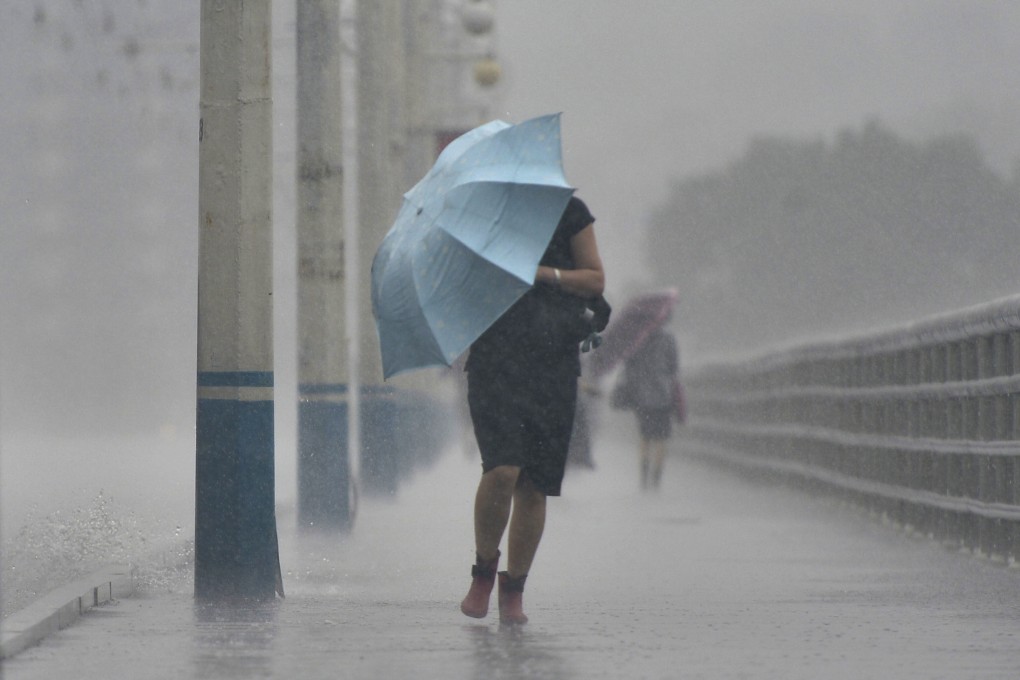Advertisement
North Korea’s woes overflow as Kim Jong-un battles flooding, Covid-19 outbreak
- Major rivers in the country are in spate following torrential rains since last week, prompting officials to step up disaster response efforts amid a wave of infections
- Experts say the North’s problems are only going to worsen as it can’t receive aid from Seoul due to frosty inter-Korean ties and stringent Western sanctions
Reading Time:3 minutes
Why you can trust SCMP

North Korea’s capital Pyongyang is grappling with heavy floods this week, giving leader Kim Jong-un a fresh headache to deal with following the recent outbreak of Covid-19 in the country.
Authorities have been put on high alert to combat flood damage from heavy downpours amid an uphill battle against the respiratory illness that has sickened thousands, state media reported.
Korean Central Television footage showed the Pothong River, which flows through the capital and a tributary to the Taedong River, overtop the banks and submerge nearby pavements and trees.
Advertisement
A passer-by was seen standing knee-deep on the flooded pavement.
North Korea’s ruling party newspaper Rodong Sinmun said authorities were making utmost efforts to collect each region’s precipitation data in real time and set up “necessary countermeasures quickly and accurately.”
Advertisement
“Massive people’s campaigns are under way to minimise damage from flood and typhoons” in the eastern part of the country, the official Korean Central News Agency said.
Advertisement
Select Voice
Choose your listening speed
Get through articles 2x faster
1.25x
250 WPM
Slow
Average
Fast
1.25x